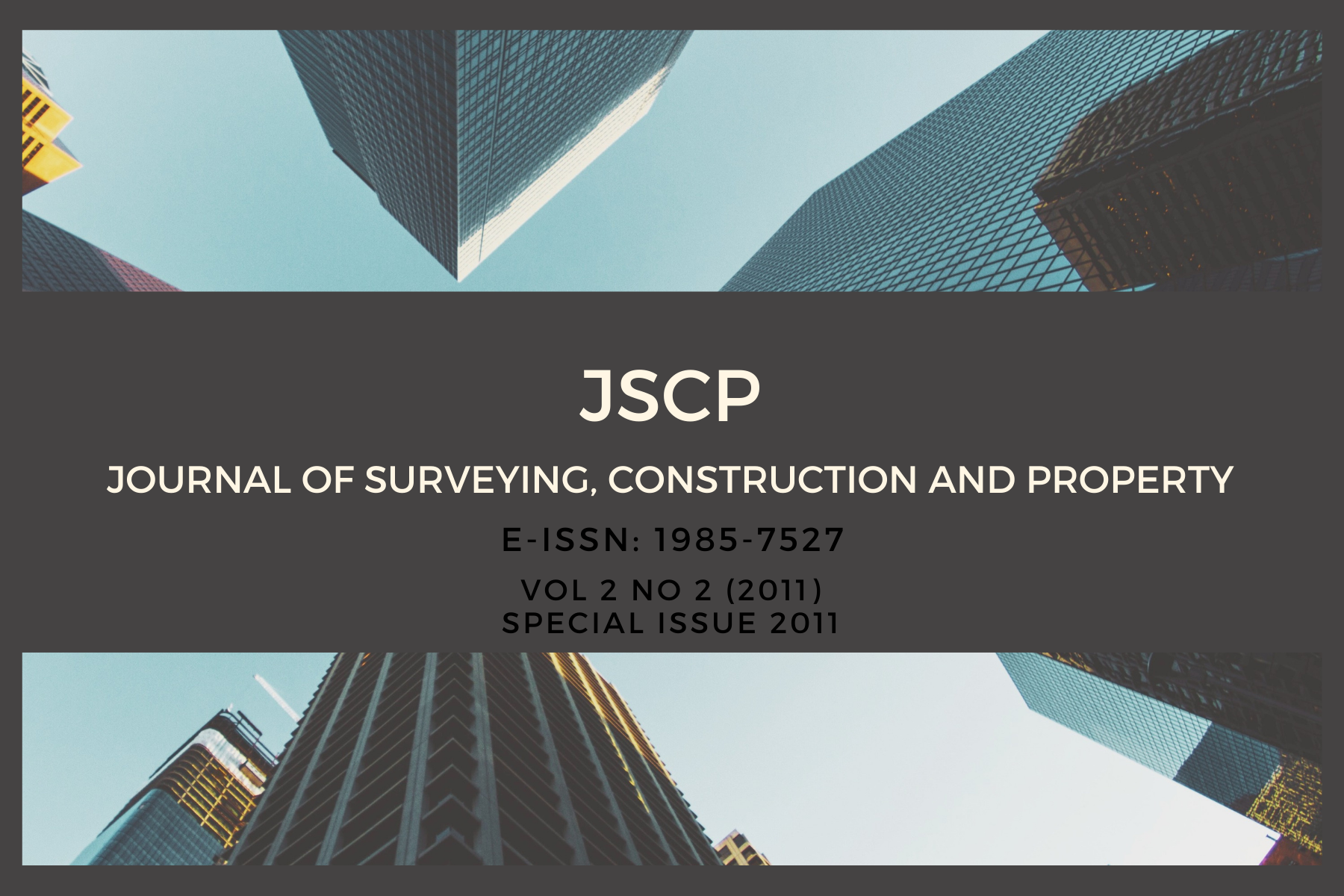Marketing the Built Environment? The Buck Stops with Strategic Planning
Main Article Content
Abstract
The marketability of the built environment is a contested concept. This paper considers some of the ways in which the idea may be interpreted, designed and implemented. In pragmatic terms, and in the specific context of promoting sustainable economic growth in the UK, the statutory land use planning system has an important role to play in mediating constructions of marketability. In the Scottish Government’s (2010: 9, emphasis added) policy statement on nationally important land use planning matters, for example, the Government clearly states that local planning authorities should ‘ensure that there is a range and choice of marketable sites and locations for businesses allocated in development plans, including opportunities for mixed use development, to meet anticipated requirements and a variety of size and quality requirements.’ This confirms one of the primary pillars of the land use planning system - to use its development plan functions to identify and zone land for an appropriate and diverse mix of uses and users (Millichap, 1991). In providing a degree of certainty to the market and potential investors, the Scottish Government (2010: 9) further details that: ‘Marketable land should meet business requirements, be serviced or serviceable within 5 years, be accessible by walking, cycling and public transport, and have a secure planning status.’ This list of functional requirements indicates the wider context for the strategic and timely planning of infrastructure and the need to ensure that an appropriate – and sustainable - modal share of transport provision is provided. Marketability from this perspective infers a need to be alert to debates around sustainability and the requirement to promote development in sustainable locations, particularly in terms of public transport accessibility, and healthier modes of travel. This focus also involves strategic planning so as to provide access to an integrated road and rail network. In addition, the Scottish Government recognises the transport opportunities afforded by water for manufacturing, warehousing and distribution purposes. Perceptions of locational advantage and the availability of the necessary infrastructure are then paramount in terms of the promotion of an individual site’s marketability.
Downloads
Article Details
COPYRIGHT. All rights reserved. No part of this journal may be reproduced, copied or transmitted, in any form or by any means, electronic, mechanical, photocopying, and recording or otherwise without proper written permission from the publisher. Any opinion expressed in the articles are those of the authors and do not reflect that of the Universiti Malaya, 50603 Kuala Lumpur, Malaysia
